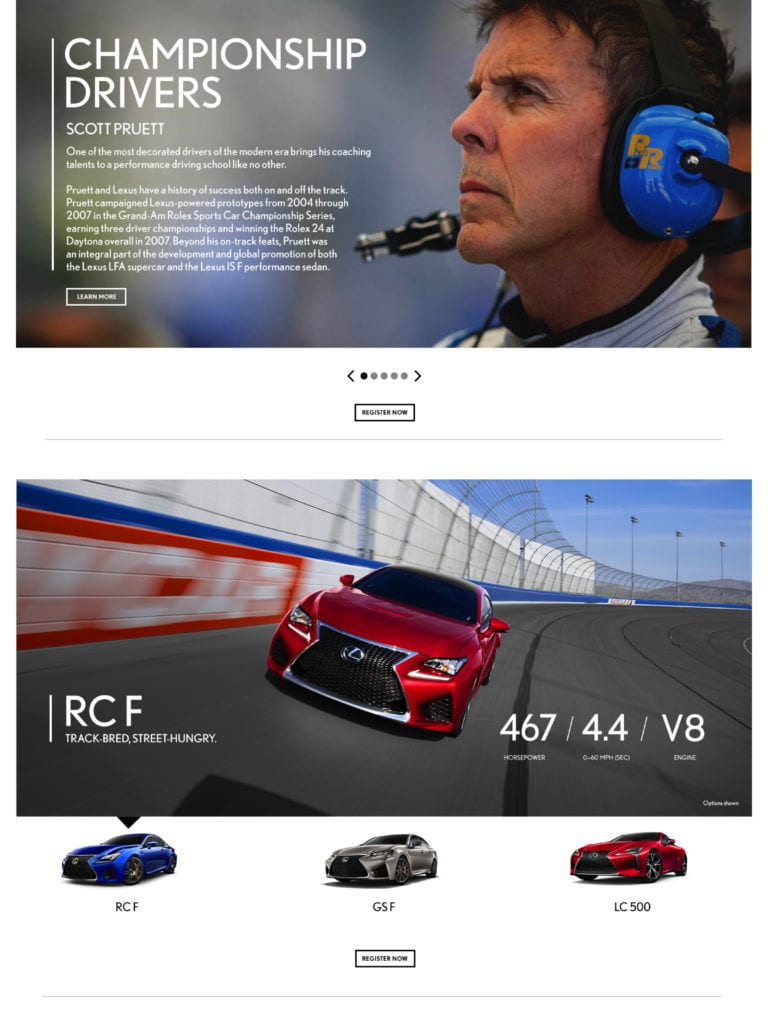
Web Development
With extensive experience in front-end and back-end development, I have worked across various CMS platforms including Drupal, WordPress, AEM, SharePoint, and Salesforce. My expertise spans both client-side and server-side development, creating responsive, cross-browser websites tailored to client needs.
In front-end development, I leverage advanced JavaScript frameworks such as React, Angular, and Vue.js to build dynamic, performance-optimized interfaces. Using these frameworks, I create seamless user experiences, ensuring high interactivity and speed. I also utilize tools like Redux for state management, Webpack for bundling assets, and Babel for ES6+ compatibility, allowing for scalable and maintainable codebases. With a strong focus on responsive design, I implement CSS frameworks such as Bootstrap and Tailwind CSS alongside CSS Grid and Flexbox to create layouts that adapt across devices and screen sizes.
For back-end development, I am proficient in working with Drupal, WordPress, AEM, and SharePoint, creating custom modules, themes, and integrations. With Salesforce, I integrate front-end applications using Salesforce’s Lightning Web Components (LWC) and Apex to enhance CRM functionality. On the server-side, I utilize Node.js and Express for creating RESTful APIs and integrate them with databases such as MySQL, MongoDB, and PostgreSQL.
I follow modern development practices including CI/CD, version control with Git, and code testing with tools like Jest and Cypress. I am adept at optimizing web performance, ensuring sites are fast, secure, and fully compatible across all modern browsers.
Services Process
Web Development Services Process Using Agile Methodology
The Agile approach to web development ensures iterative, flexible, and collaborative development, aligning closely with client needs and evolving requirements. Here’s a breakdown of how the web development process works in an Agile environment:
1. Initial Planning & Requirement Gathering (Sprint 0)
Goal: Understand client needs, project objectives, and expectations.
Activities:
Meet with stakeholders to gather high-level requirements.
Define the project scope, features, and goals.
Establish project priorities (Must-have, Should-have, Could-have, Won’t-have).
Break down project into smaller, manageable user stories.
Set timelines and define milestones.
Assign team roles and responsibilities.
2. Sprint Planning (Iteration 1)
Goal: Break the project into smaller tasks (user stories) and plan the first sprint.
Activities:
Prioritize the user stories based on business value.
Estimate story points for each user story (using methods like Planning Poker).
Select user stories to work on during the sprint.
Define sprint goals and deliverables.
Plan for front-end and back-end development, ensuring alignment of design and technical requirements.
3. Design & Development (Sprints 1-N)
Goal: Build the features iteratively, continuously testing and improving.
Activities:
Front-End Development: Implement UI/UX using HTML, CSS, JavaScript (React, Angular, or Vue.js), ensuring responsiveness and cross-browser compatibility.
Back-End Development: Set up server-side logic using appropriate technologies (e.g., Node.js, PHP, Python, Ruby on Rails) and integrate databases (e.g., MySQL, MongoDB, or Salesforce).
Design Iteration: Refine wireframes and UI design based on client feedback and ongoing sprint goals.
Continuous Integration: Developers push updates to the codebase regularly, ensuring the system is always up-to-date.
Pair Programming: Developers collaborate in real-time for complex features.
4. Daily Standups
Goal: Keep the team aligned and ensure project progress.
Activities:
Each team member answers three questions: What did I accomplish yesterday? What am I working on today? Are there any blockers?
Quick adjustments to workload and tasks as needed based on challenges or shifting priorities.
5. Testing & Quality Assurance (QA)
Goal: Ensure all features work as expected and meet quality standards.
Activities:
Automated Testing: Implement unit tests, integration tests, and UI tests (using tools like Jest, Mocha, or Cypress).
Manual Testing: QA team conducts manual testing, especially for user-centric features and interactions.
Bug Tracking: Log, prioritize, and resolve issues quickly using tools like Jira or Trello.
Performance Testing: Check for responsiveness, speed, and load handling across different devices and browsers.
6. Review & Sprint Demo
Goal: Review completed work with stakeholders and gather feedback.
Activities:
Demonstrate the completed user stories, including the front-end and back-end features.
Receive client feedback and identify any necessary changes or additions.
Align upcoming sprints with any new priorities or adjustments based on the demo feedback.
7. Sprint Retrospective
Goal: Reflect on the sprint and continuously improve processes.
Activities:
Discuss what went well, what could be improved, and any challenges faced.
Identify opportunities for process improvements (e.g., collaboration, communication, tooling).
Agree on action items to improve the next sprint's effectiveness.
8. Deployment & Delivery
Goal: Launch the web application to a live environment.
Activities:
Deploy the web application to a staging or production environment.
Ensure all pre-launch testing is complete (e.g., performance, security, cross-browser compatibility).
Configure DNS, hosting, and domain management for the production site.
Provide documentation and training for client teams as needed.
9. Continuous Support & Maintenance
Goal: Provide ongoing support to ensure the website's functionality and scalability.
Activities:
Monitor website performance, security, and uptime post-launch.
Address any urgent bugs or issues that arise.
Plan for future iterations or feature additions based on user feedback and analytics.
10. Iterative Improvement (Post-Launch Sprints)
Goal: Keep the web application updated with new features and improvements based on feedback.
Activities:
Continue developing new features and enhancements in subsequent sprints.
Refine and optimize the application for better performance, security, and user experience.
Gather feedback from users and stakeholders for continuous improvement.
Key Agile Principles Applied:
Collaboration: Close cooperation with clients, designers, developers, and QA throughout the process.
Iteration: Continuous feedback and improvement in short, manageable cycles.
Flexibility: Ability to adapt to changing requirements and priorities throughout the project.
Transparency: Regular communication with stakeholders through demos, reviews, and retrospectives.
By following this Agile-driven web development process, the team ensures the delivery of a high-quality, scalable, and responsive website while staying aligned with the client’s evolving needs and maintaining a focus on user satisfaction.
- Iterative Process - Web development using Agile focuses on delivering small, functional pieces of the project in short, time-boxed iterations (sprints), allowing for continuous improvements and quick adjustments.
- Collaborative Approach - Agile encourages close collaboration between developers, designers, QA teams, and stakeholders to ensure the project stays aligned with client needs and evolving requirements.
- Prioritized Features - Features are prioritized based on business value, allowing the team to focus on the most important tasks first, delivering the highest impact early on.
- Frequent Feedback - Regular sprint reviews and demos provide opportunities for client feedback, ensuring the product meets expectations and allowing for adjustments in subsequent sprints.
- Continuous Testing and Integration - Agile promotes continuous integration and testing throughout the development process, ensuring that bugs are identified and resolved quickly, and the product remains stable.
- Adaptability and Flexibility - Agile enables teams to be flexible, quickly adapting to changing requirements or new insights, ensuring that the final product is highly relevant and of the highest quality.
